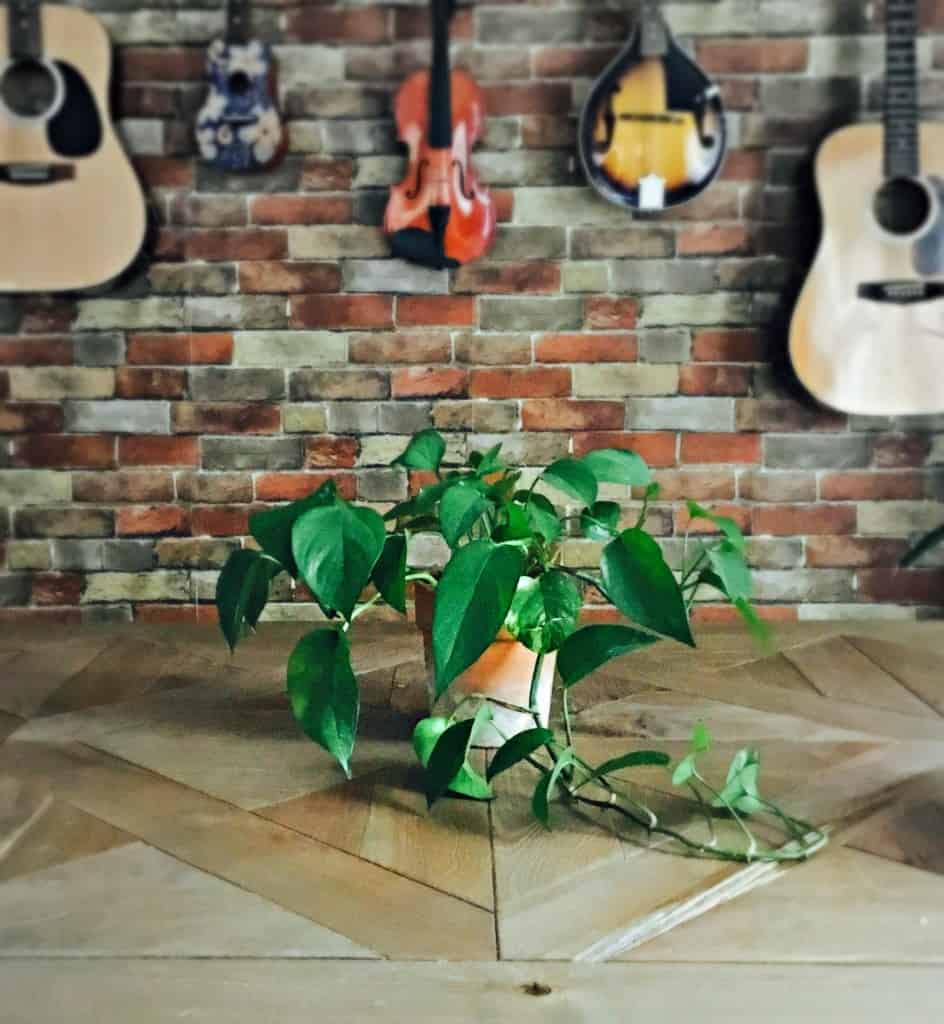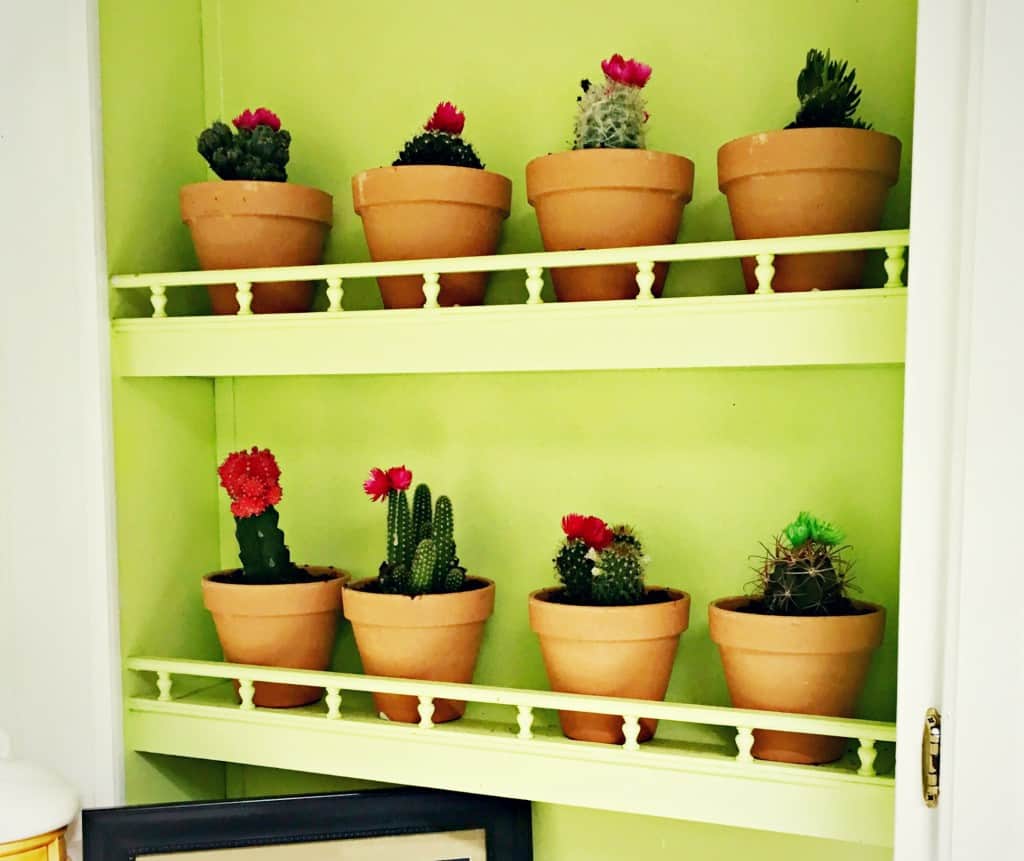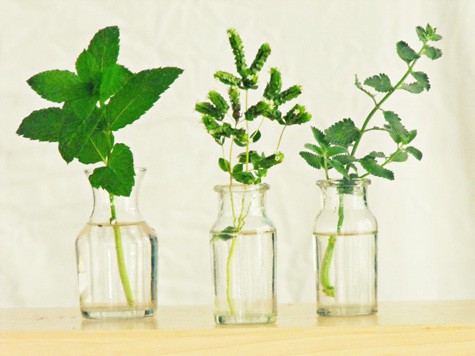Houseplant care doesn't have to be complicated. Growing plants indoors has been a trend on the rise for a few years and shows no sign of slowing. Even if you don't have a set of green thumbs, you can still grow and healthy houseplants that will thrive for years to come.

Houseplant Care
Houseplant Care
Whether you are into cacti and succulents or tropical vines and flowering orchids, this article will show you how the best houseplant care methods, including how to re-pot and when to fertilize your new plant babies. You will also learn how to propagate your plants so that you can multiply your plant collection for years to come.
What is the easiest houseplant to take care of?
The following is a list of some of the most forgiving houseplants available and are suitable for beginner botanists.
- Snake Plant.
- Bromeliads
- Jade
- Pothos
- Rubber Plant
- Dieffenbachia or Dumb Cane
- Air plants
- Succulents
- Cacti
There are many varieties of houseplants available at your local garden center so don't feel like you need to be limited by the list above. Buy a couple plants and take some time to learn about them. After you understand basic houseplant care for those species, buy a few more and keep your collection growing.
You may also like: 10 Ways to Incorporate Houseplants into Your Decor
The following are affiliate links. We are a participant in the Amazon Services LLC Associates Program, an affiliate advertising program designed to provide a means for us to earn fees by linking to Amazon.com and affiliated sites. Thank you for being part of Crafty Little Gnome.
Houseplant Care 3 Pack of Plants

Use watering globes to water your houseplants while you are on vacation.
How often should you water your houseplants?
Over-watering is one of the most common causes of houseplant death. If you're not sure how much to water, it's better to err on the dry side than to give your plants too much moisture. Too much water will cause root rot, which is irreversible.
All houseplants have slightly different watering requirements so it's best to water on an as-needed basis rather than by a set calendar schedule. In general, plants grown in well-drained soil in an appropriate-size container should be watered when the top 1/2 to 1 inch of soil feels dry. Most houseplants would prefer being slightly dry than soaking wet. Think about the plant's natural environment and try to recreate it in your home.
Try to water houseplants the way they would get moisture in their natural environments. Some plants need a period of dry soil for days or weeks. Others houseplants need more regular watering, with the soil allowed to dry between each drink. Still others prefer consistently moist soil.
Mist Houseplants
Misting with a spray bottle is also helpful for houseplants. A light misting once or twice a day is usually beneficial. Remember that we're trying to duplicate the natural environment for these plants, and that means humidity and misting for tropical plants. Consider placing these houseplants in your bathroom. These plants will love the extra moisture and humidity from your daily shower.
Placing a tray underneath the potted plant's container is the best way to catch that excess water and prevent a mess.
The natural environment for cacti and succulents is a dry, desert climate, so obviously you shouldn't be watering them as much as you would a tropical plant. Let these types of plants dry out completely between watering and only water as little as necessary. Keep these plants out of the bathroom.
You may also like: How to Water Houseplants While Away
How much light do houseplants need?
Houseplants typically require:
- high light (six or more hours a day),
- medium light (four to six hours a day),
- or low light (less than three hours a day).
Plants will either require bright or direct light (sunlight from a south-facing window) or indirect or filtered light (sunlight through a curtain or light from a bulb).
When plants don't get the light they need, they won't necessarily die, but they will stop producing new growth.
Grow lights for house plants
If you place your houseplants in a room that doesn't get a lot of natural light or you live in an area that gets dark early in the winter you may need to invest in a few grow lights to keep your plants happy and healthy.
In order to grow, plants need:
- Blue wavelength light for foliage growth.
- Red wavelength light for flowering and fruiting.
- Plants have little use for green wavelengths and reflect them back, which is why leaves appear green.
You don't need to spend a fortune on expensive grow lights.
Fluorescent lights are by far the most economical and easy choice for houseplants. They come in tubes or compact bulbs (CFL) that screw into regular lamp sockets, and they're cool enough to put close to plant foliage.
Generic fluorescent tubes and bulbs are higher in blue wavelengths, so look for "full-spectrum" or include a mix of "cool" and "warm" bulbs. When in doubt, buy "cool white" products, since white light contains the full spectrum of wavelengths. For maximum effect, position fluorescent bulbs about a foot away from plant foliage.
Try this easy method to add light for plants in a room with low natural light:
- Find a standing lamp with three bulbs, ideally one with moveable or goose neck fixtures.
- Use one incandescent bulb and two compact fluorescent bulbs of the highest wattage you can within the safe wattage rating for the fixture.
- Aim the lights toward your plant table. If each fixture is separately movable, then put the fluorescent bulbs closer than the incandescent to avoid heat damage.
- Place a mirror or other reflective surface underneath your plants, to reflect light back up onto the foliage.
- Attach a timer set to 16 hours per day.
You may also like: 10 Best Herbs to Grow All Year Round

Houseplant care: When to re-pot
How to Re-pot Houseplants
Not sure if your houseplants need re-potting? Check the root systems. If the roots are circling the inside of the container, it may be time to re-pot the plant. When the plant has outgrown its pot you can transplant it into a slightly larger container. If you'd like to keep it in the same pot, trim off some of the roots with a sharp knife and replant it into the container using fresh potting soil. When you are putting it into a new pot, only transplant it into a pot that is one size larger.
Spring and summer are the best seasons for re-potting your houseplants. As you re-pot your houseplants, it's also a good time to divide those with multiple stems to get new plants. We will go over different methods of propagation in a moment.
What type of soil should you use to re-pot houseplants?
The best growing media for houseplants is actually soil-less and is a combination of equal parts peat moss, vermiculite/ perlite, and compost.
Orchids are notoriously picky with their potting medium. There aren't as many "one size fits all" options for orchid growing media, but a good combination for orchids is a well-drained mixture with plenty of room for the roots to breathe.
When you go to the garden center to purchase new "soil" (growing media) look at the packaging to find best variety for your particular plant. It should say what plant the soil will work best for, like orchids or cacti.

Repotting cacti
Repotting a cactus can be tricky. Make sure you protect yourself by wearing thick gloves. An easy trick to help avoid getting poked is to wrap the spiky part of the cactus up in newspaper while you move it to a new pot. Cacti are slow growing so you should only need to re-pot it every two or three years.
You may also like: How to Re-pot a Cactus

Propagate some houseplants by rooting the stem cutting in a vase of water.
Houseplant Propagation
There are three main ways to propagate your house plants:
- Some houseplants such as spider plant and strawberry begonia reproduce by sending out runners with new plantlets at the end. It's super simple to root these to start new plants.
- Other varieties such as bromeliads send up new shoots at the base of the plant or offsets, which you can divide and put into pots.
- Climbing houseplants such as philodendron and pothos form new roots where their stems come into contact with soil.
You may also like: How to Propagate Herbs

Indoor herbs make great houseplants
How to Bring a Dying Plant Back to Life
If your plant looks like it has seen better days, don't stress. There are things you can do to help save your beloved houseplant before it is too far gone.
Dead leaves, stems, & branches must go. Use a pair of scissors or shears to trim away any dead leaves from the plant, then trim away all dead branches. Getting rid of anything dead will help the plant focus its energy on new growth.
Check light and humidity conditions. Make sure that sunlight is coming in direct contact with your plant, but not more than it needs.
Make sure you are not over watering or under watering your plant. See the guidelines above for how much water you should be giving your plants. Remember: over watering is the most common cause of plant death.

Houseplants with crochet cozies on the pots
How do you maintain indoor plants?
Almost all houseplants look better with regular grooming. Part of houseplant care is maintaining your plants to keep them lush and healthy. Dust collects on leaves, so wash them with a gentle shower of room-temperature water or dust them with a soft brush if the plants have hairy leaves. This improves the plant's appearance and keeps the leaf pores unobstructed so that the plant gets more light.
The main reason for pruning houseplants is to make them look better. If one of your plants has a branch that's too long, cut it back to a side shoot or main stem. Also remove any dead or diseased leaves and stems to help prevent the problem from spreading.
Rejuvenate overgrown houseplants by cutting them back to 4 to 6 inches tall. This technique is effective in encouraging new growth for trailing plants such as Swedish ivy and pothos that may have become bare at their bases.
Pinching means you remove stem tips, either with your fingernails or pruners. Pinch out the tip of a stem and the topmost leaves to promote growth of side buds. Plants that grow rapidly often look best with frequent pinching to keep them compact and bushy.
Trim faded flowers from your plants to keep the plant blooming and help prevent disease problems. While you're at it, be sure to remove yellow, brown, or withered leaves. Use a narrow-blade hand pruner or sharp scissors to make a clean cut without tearing the plant's stem.
Remove and destroy diseased houseplants or affected leaves or stems as they develop to prevent spread of the disease. Some diseases spread by insects, so keeping the insect population in check helps prevent disease problems.

Pothos Houseplant Care
Fertilizer for houseplants
Like watering, there isn't an easy guideline to know how much to fertilize. It depends on plant's growth rate and age, and the time of year. Avoid feeding houseplants when they're not actively growing or if they are stressed.
Most houseplants put on a growth spurt in spring and summer. This is the best time to fertilize them. During the short days of fall and winter, most houseplants go through a dormant period and need little, if any, fertilizer. Follow label directions to know how much plant food to use.
Fertilizers come in a broad array of formulations, and it's important to avoid over-fertilizing your houseplants. Too much fertilizer can burn their roots and stunt their growth. For flowering varieties, use a fertilizer in which the three numbers on the label (nitrogen, phosphorus, and potassium, respectively) are relatively equal. If the nitrogen content is too high, the plant may grow a lot of leaves, but few flowers.

Houseplant care in the dining room.
Pest Control for Indoor Plants
Several insects commonly attack houseplants. Insecticidal soap is an easy-to-use, effective treatment for most soft-bodied pests such as aphids and spider mites. A forceful spray of water from the hose may knock down the population of these pests, too. Rubbing alcohol is effective on insects with waxy coatings such as scale and mealybugs.
An all-natural way to help prevent and get rid of pests is to use a solution that contains neem oil. Dust and grime can also attract and harbor spider mites and other insect pests. Wash smooth-leaved houseplants with a moist, soft cloth and some insecticidal soap, such as Neem Oil Spray. For plants with many small leaves, use a hand sprayer or sink sprayer to douse them with water.
No matter what treatment you use, be consistent. For fast-reproducing pests such as aphids and spider mites, you may need to treat plants once a week for a month to be rid of the pests.
Fungus gnats are tiny black flies that buzz around the soil; they're often confused with fruit flies. You typically see fungus gnats in large numbers when plants are over-watered. Allow the soil surface to dry between waterings.
Whether you are a beginner plantsman or a more experienced home botanist, collecting houseplants can be a fun and rewarding hobby. Do you have a houseplant collection? Let me know some of your best tips for houseplant care in the comments!
The post House Plant Care appeared first on Crafty Little Gnome.
 buy it now
buy it now
No comments:
Post a Comment